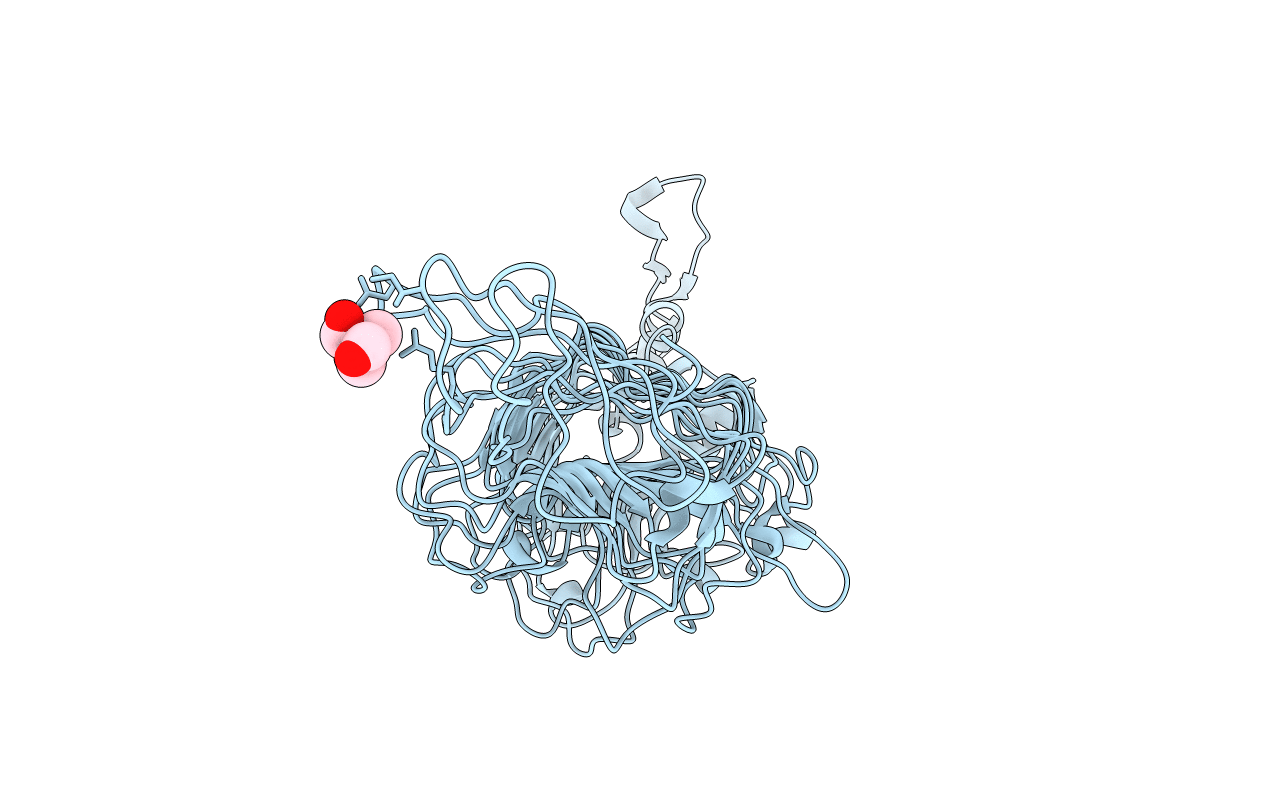
Deposition Date
2012-05-30
Release Date
2012-09-26
Last Version Date
2023-12-20
Entry Detail
PDB ID:
4AVZ
Keywords:
Title:
Tailspike protein mutant E372Q of E. coli bacteriophage HK620
Biological Source:
Source Organism:
SALMONELLA PHAGE HK620 (Taxon ID: 155148)
Host Organism:
Method Details:
Experimental Method:
Resolution:
1.82 Å
R-Value Free:
0.19
R-Value Work:
0.16
R-Value Observed:
0.16
Space Group:
P 3 2 1


